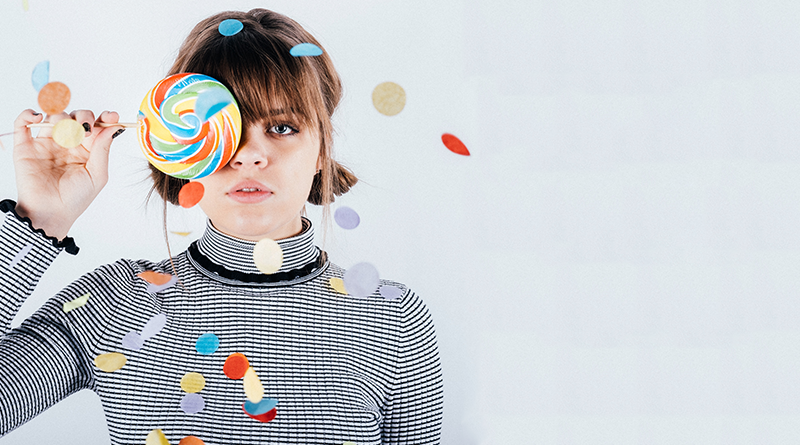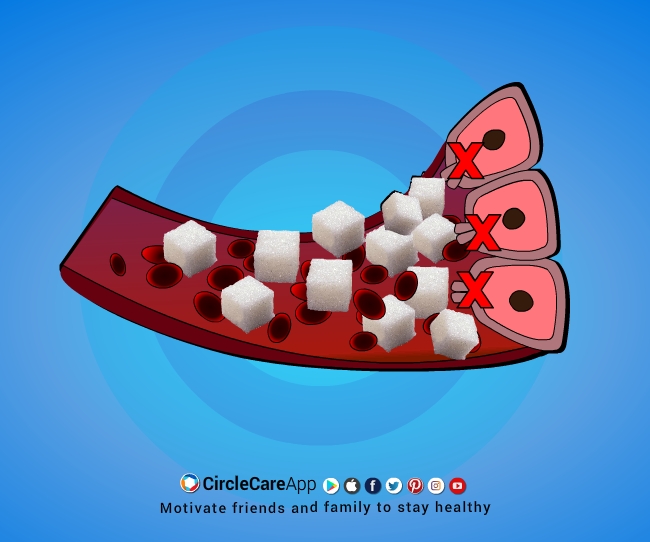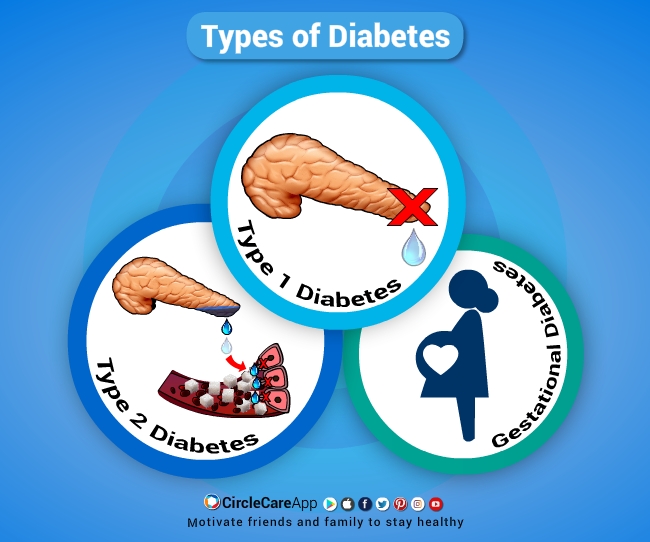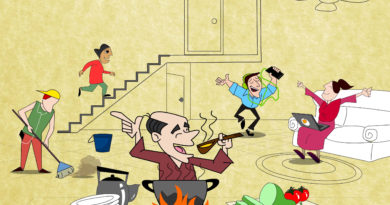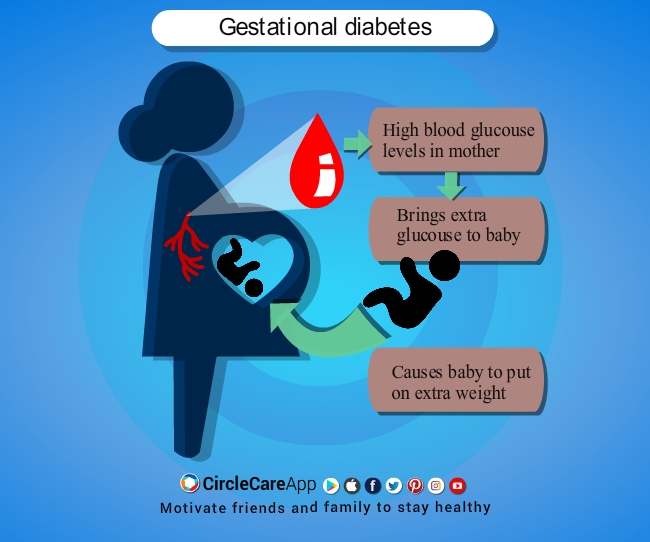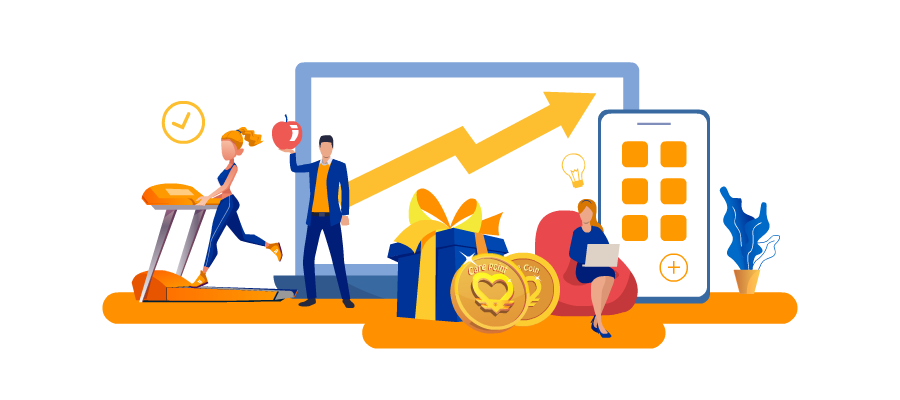Ten things you feel when your blood sugar is low
When your blood sugar (glucose) level goes below 70 mg/dl, it is considered that you have Hypoglycemia, meaning your blood sugar is low.
When your blood sugar (glucose) level goes below 70 mg/dl, it is considered that you have Hypoglycemia, meaning your blood sugar is low. It is quite common among people with diabetes, in fact, patients with type 2 diabetes experience an average of 19 mild episodes of hypoglycemia per year, and nearly one severe episode per year on average.
What causes our blood sugar level to go low
In most cases, low blood sugar (hypoglycemia) comes as a side effect of insulin or other types of diabetes medicines that help your body to release more insulin. Other factors responsible for low blood sugar include a delayed meal, insufficient carb intake, intensive physical activity, too much alcohol consumption, etc.
If not appropriately controlled low blood pressure can produce mild (Shakiness, Nervousness or anxiety, Sweating, chills, and clamminess, dizziness, etc.) to severe (coma or even death) health risks. That’s why it is essential to know about these warning signs that indicates your blood sugar is low and treat low blood sugar as soon as they start to appear:
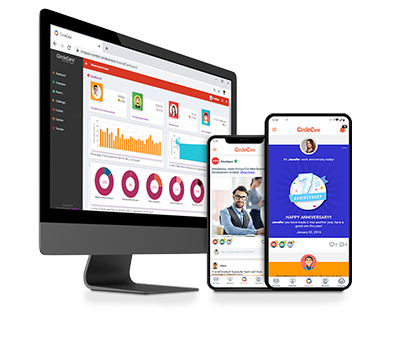
Corporate Wellness App
CircleCare
#1 Shakiness is one of the first symptom that your blood sugar is low
Low blood pressure can make you feel shaky, especially in your hands. When blood sugar starts to go too small, the body begins to release needed glycogen, which produces a variety of not-so-pleasant effects including shakiness and sweating.
#2 Hunger can also be a sign of low blood sugar
One of the first signs of low blood sugar or hypoglycemia is sudden inexplicable hunger. This is because when your blood sugar level is low your body start to signal that it needs more glucose. To avoid situations like this try to eat every 4 hours and always keep some snacks on hand.
#3 Anxiety
When the blood pressure level is low your brain start to starve because of lack of glucose. This puts a significant amount of stress on your mind which leads to nervousness and anxiety.
#4 Sweating, chills and clamminess
Sweating is also one of the first signs of hyperglycemia. It causes sudden sweat regardless of the external temperature. It is also very common to sweat at night due to low blood sugar and sometimes its limited to face and neck areas. Sometimes the sudden shakiness and muscle weakness may also mimic chills and clamminess.
#5 Irritability or impatience
Fluctuation of blood sugar level may cause mood swings among people with diabetes. Constant blood sugar monitoring, diet control, and rigid medicine schedule may give them a feeling of irritability or impatience.
#6 Confusion can be a symptom of hypoglycemia
People with diabetes experience difficulty in making a decision, thinking clearly and mood swings due to blood sugar fluctuations which produce confusion in their brain.
#7 Lightheadedness or dizziness
When blood pressure goes, too low a diabetic person may experience lightheadedness or dizziness. This happens due to the lack of glucose supply in for the brain to function correctly.
#8 Lack of coordination
Low blood sugar affects the central nervous system and muscles which may cause coordination problems.
#9 Blurred/impaired vision
This is also a universal sign of hypoglycemia as low blood glucose can make it hard for the brain to focus on what the eye is seeing. Vision usually returns to normal when glucose levels rise.
#10 Slurred Speech
Someone with low blood pressure might not be personally able to detect this symptom, but the person he is talking with may notice the difference. It might also seem like the person is intoxicated.

